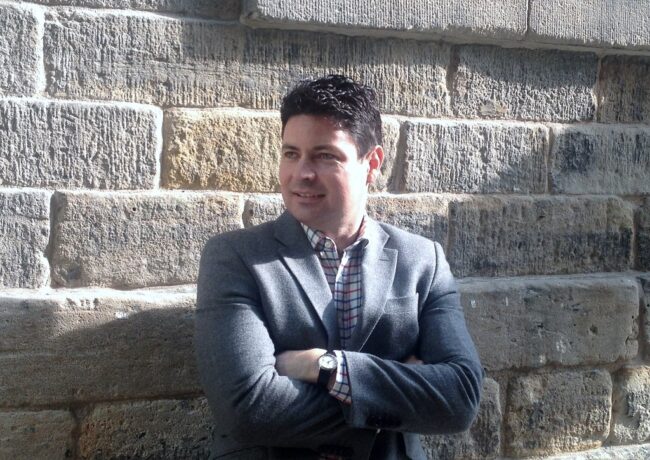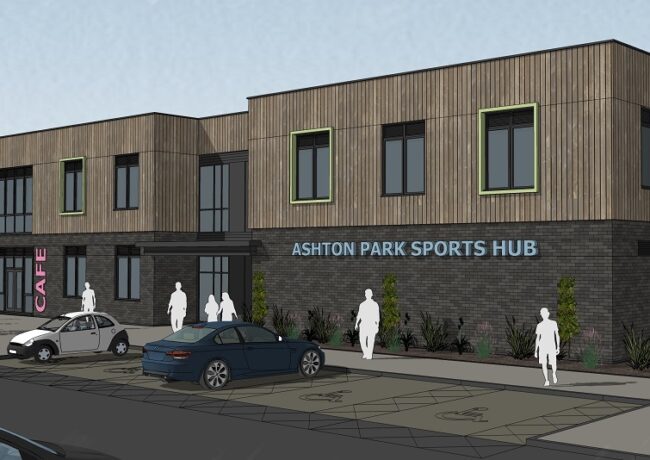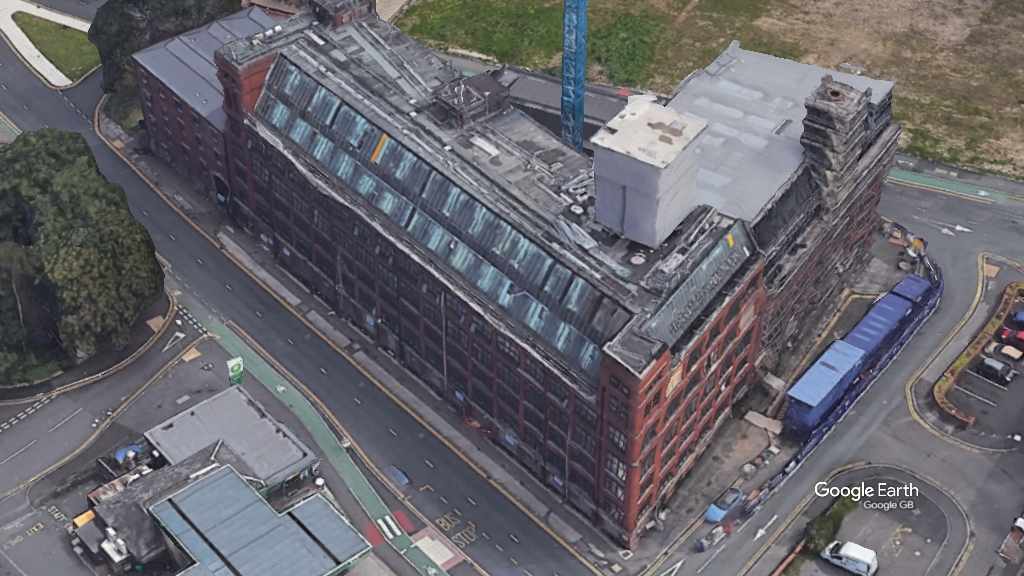Butler’s Place: Stephen O’Malley
In the first of an occasional series of discussions with people behind projects in the region, Heather Butler meets Stephen O'Malley, director of Manchester-based consulting engineering practice Stockleys.
Where are we?
The Rochdale Canal towpath next to our offices at Carvers Warehouse. It's fantastic working in an environment you helped to shape. I look out over Piccadilly Basin from Carver's, a beautiful example of telling the story through design. The only stone canal warehouse in Manchester, the glass box extension allows for an appreciation of the building in its original form.
What do you do?
People in my job are often described as serial monogamists. We have to get under the skin of a place to understand its character, how the space is used, what the interactions are and what people want, and remain single-mindedly dedicated until the project is delivered. The design is unique to each place and involving the people who live and work there is vital. With the Poynton shared space we liaised very closely with the shopkeepers to understand how they wanted the town centre to work, it is their street after all.
What's on your desk?
We're working on two waterside residential regeneration developments, phase two of Islington Wharf in Manchester and another scheme up in Newcastle, advising on infrastructure, movement, civil and structural engineering. We're also involved in the post-games Olympic site development programme, working on plans for the construction of a new park that forms the seam between Hackney Wick and the Olympic Park. Again we're advising on movement, access, civil engineering, waterways, strategic utilities and structures.
Why did you choose engineering?
The power of architecture is phenomenal. CABE has done a lot of work demonstrating the economic value, social importance and individual happiness that good quality urban design can provide. As an engineer you can bring that approach to place-making and use infrastructure to put quality at the very core of the project, it doesn't have to cost more, and can cost less in the long run. We have to be advocates for the future users of the space, our role's not just about technical competence, there's so much more we can do to realise the wider value.
How did you get started?
Post degree, with a small consultancy in Dublin I was involved with various aspects of the boss' business, including meeting with local people, dealing with tenant's problems, understanding the different viewpoints people were coming from. Not very conventional for an engineer but it provided great experience and good business skills.
How come you're here?
I came to Manchester on my way to somewhere else. I didn't leave. Martin Stockley was working on Number 1 Deansgate and Urbis, incredible projects, I was struck by the quality of the drawings. I came in 2001 as a senior engineer working on the refurbishment of the Piccadilly Basin and was impressed by the scale and ambition of the project.
What was a job well done?
New Islington, one of the government's flagship community projects. Working on the masterplan with Alsop, we were responsible for the infrastructure project creating an environment for people to live and relax. It has shops, a health centre, waterpark and non-car-dependent routes into the city centre. It will be an amazing example of exactly what we're trying to achieve.
And the tougher times?
Things don't always go according to plan, but you have to adapt. As lead engineer for a large distribution warehouse hit by flooding back in the late 1990s, immediately I was faced with choices, minimise expenditure, protect the work that has been done. Clear thinking and decisiveness are so important, you can analyse and consolidate afterwards.
What's next?
We have to rethink the way we plan our space. Our towns and cities are congested, getting to and from homes, work, leisure activities is filled with energy-consuming obstacles. Surely there has to be a better way. We have to look at how we design a settlement, a neighbourhood, to be more attractive for people, which brings together activities into the same place, less wasted time, more efficiency, more joy. It will need people working together and robust long-term policies all directed towards the same aim. Manchester has a good track record for that.




